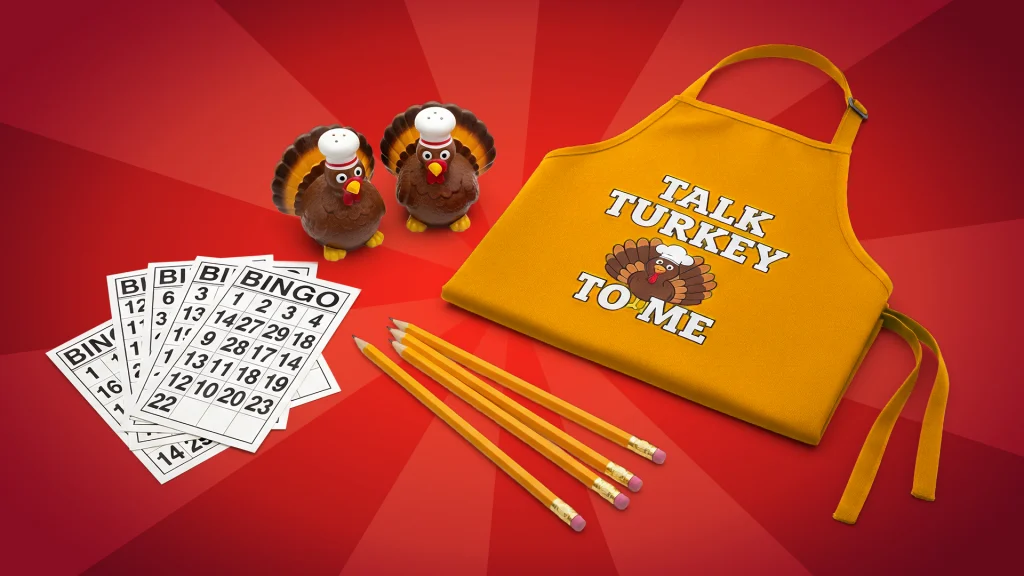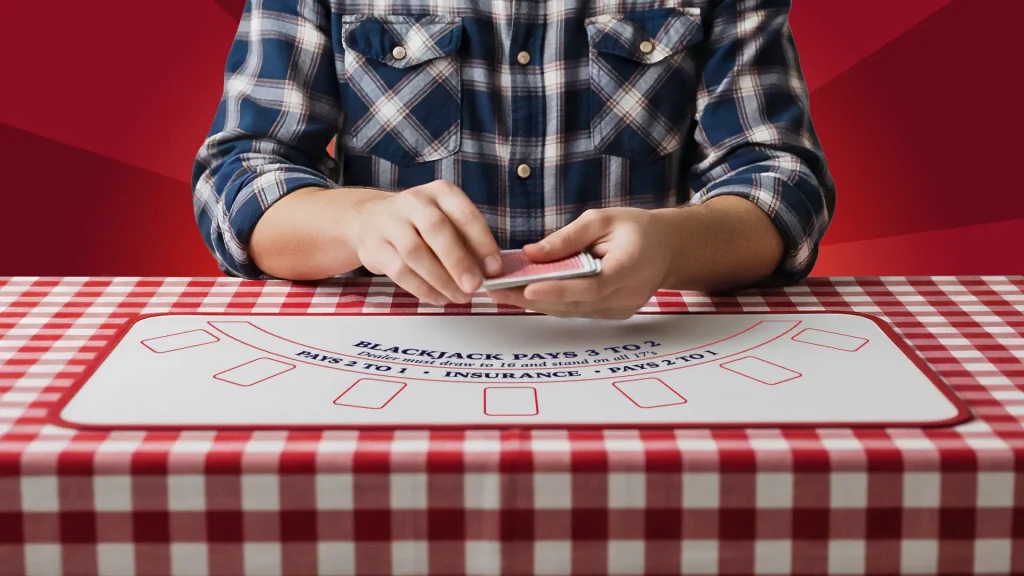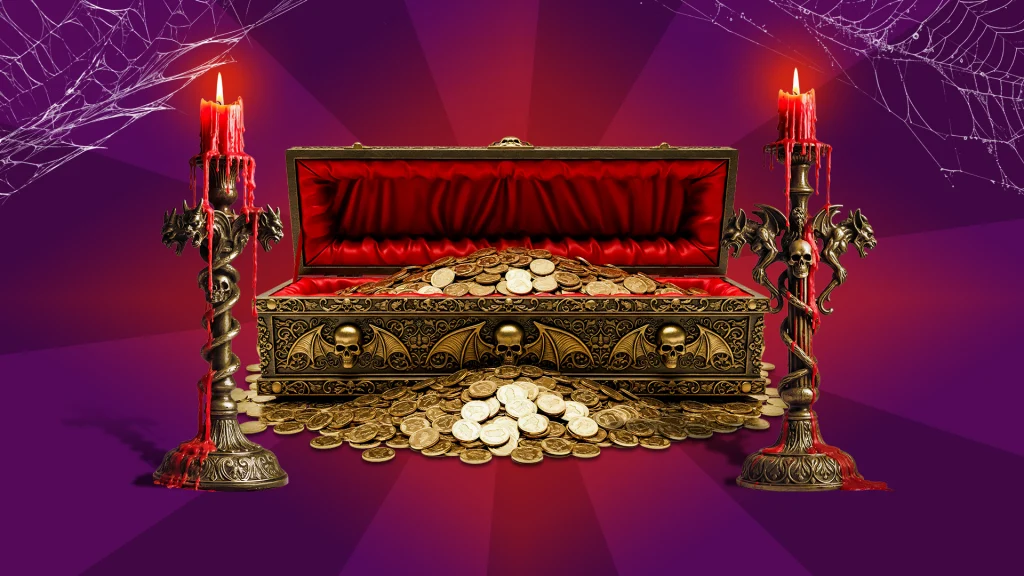How To Store Cryptocurrency the Safest Way
You have crypto, and it might seem like leaving it in your regular digital wallet is fine, but that’s like leaving leftovers on the counter. Sure, it’s easy to grab, but it won’t stay fresh for long.
Hot wallets live online, which makes them convenient but also a big target for hacks and phishing attacks. Cold wallets, on the other hand, are like stashing ice cream in the freezer. Your crypto is safe, locked away, and untouched until you’re ready.
In this guide, we’ll break down how both options work, why hot storage is riskier than it seems, and how to store cryptocurrency in a way that keeps it safe no matter what.
What is crypto storage?
Crypto is a digital coin that you can’t slip into your pocket or hide under your mattress. So how can you actually store the stuff?
Storing crypto means how and where you keep the private keys that give you access to your cryptocurrency. Those keys are what prove you own your digital assets, and without them, your crypto is as good as gone.
Your storage setup could be as casual as leaving it on an exchange account or as secure as locking it in a hardware wallet offline.
Different Types of Storage
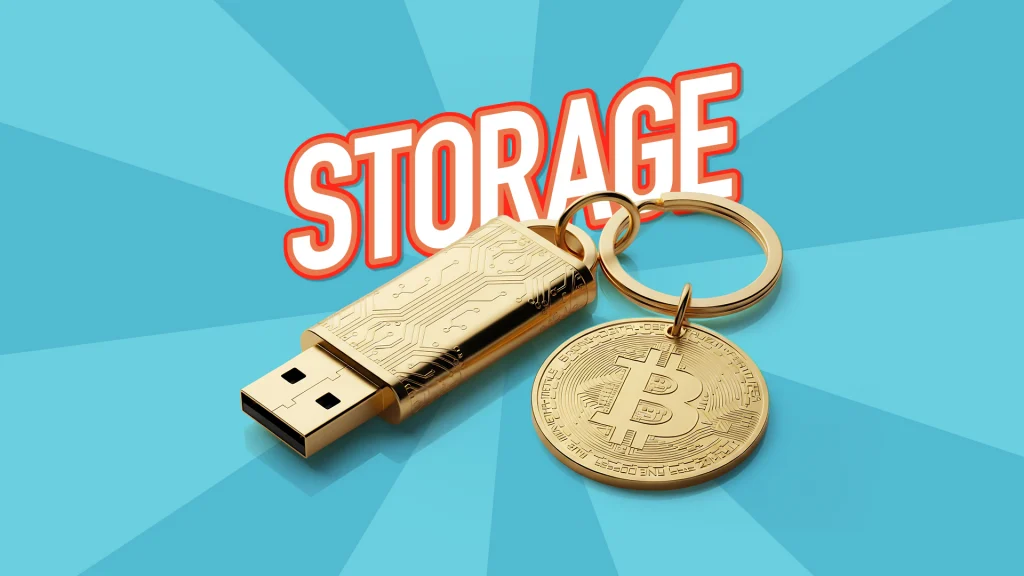
Each method of crypto storage is a tug-of-war between convenience and control. The right method comes down to how often you use your crypto and how much you’re willing to play bodyguard over your private keys.
Custodial Wallet
A custodial wallet is the setup you’ll see with most exchanges, where the platform holds your private keys and manages security for you. When you’re figuring out how to store crypto, custodial wallets can be an easy entry point, especially if you trade frequently and want quick access.
But, convenient as they are, custodial wallets have tradeoffs, too. You’re fully trusting a third party to keep your assets safe and available. If the platform gets hacked, goes offline, or changes its policies without warning, your coins could be caught in the crossfire.
For ultimate security and independence, you can’t beat a non-custodial wallet.
Non-custodial Wallet
With a non-custodial wallet, you’re the boss. Instead of a third-party, it’s a one-person party, if you will. You hold the private keys, which means you have full control over your crypto at all times. This can take the form of a mobile app, a desktop program, or a hardware wallet you keep offline.
That said, you’re also the only one who can recover them if something goes wrong. If you forget your seed phrase or misplace your wallet, your party will turn into a womp womp fest real quick.
Hot vs. Cold Wallets
When you’re deciding how to stash your crypto, hot and cold wallets are the two main camps. Hot and cold wallets can be either custodial or non-custodial.
Hot wallets live online, on the same internet as cat videos and food blogs. They’re ideal for instant access but more vulnerable to hacks and phishing attacks.
Cold wallets, on the other hand, are how to store cryptocurrency offline. Your private key lives in a physical device, like an encrypted USB drive or hardware wallet, and you can hide it somewhere safe and preferably disaster-proof.
Many crypto holders use both: a hot wallet for the coins they want to move quickly, and a cold wallet for the stash they’re holding onto.
For example, when you want to deposit your favorite crypto at Cafe Casino, you can move funds from your cold wallet into your hot wallet and send it to Cafe Casino’s deposit address for near-instant access to slots and significantly bigger bonuses.
Security Precautions to Take
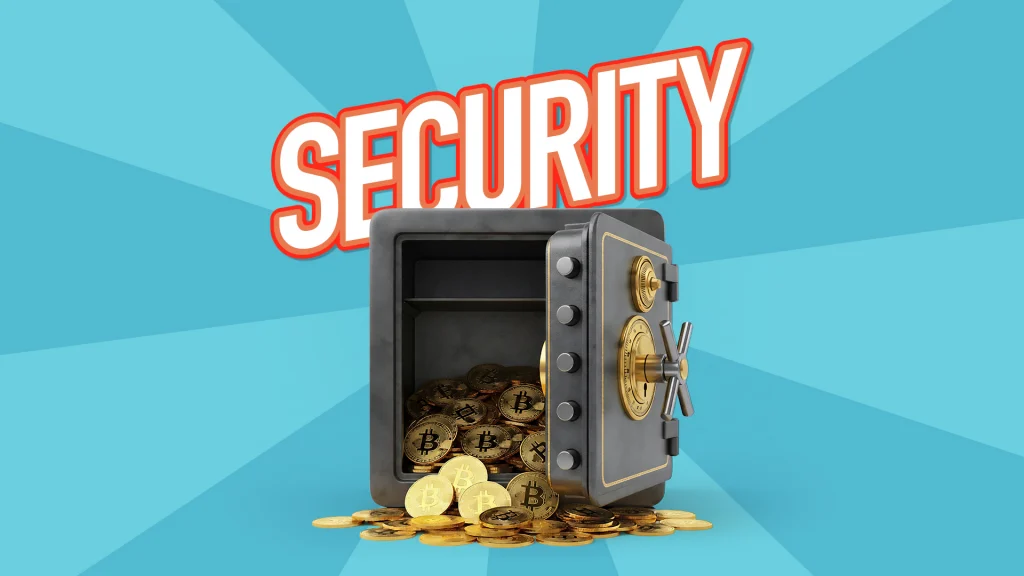
If you want to know how to store cryptocurrency safely, the wallet you choose is only half the battle. The other half is building habits that keep hackers, glitches, and surprise disasters from wiping out your holdings.
Backups
A backup is your safety net if your device crashes, gets stolen, or simply stops working. Always back up your entire wallet, including the private keys or seed phrase, and store those backups in multiple secure locations, such as encrypted USB drives, external hard drives, or even a fireproof safe. You could even toss one in a Butter Cookies tin because it’s never actually filled with cookies (90s kids will know). Just make sure each backup is password-protected and kept offline so it’s not exposed to online threats.
Software Updates
Outdated software can be a grumble; just ask anyone who’s waited 45 minutes for their Windows PC to update. But with your crypto wallet, running it with outdated software is like leaving your front door unlocked with a neon “Welcome” sign. It makes a hacker’s job way too easy, since outdated software often has security holes and bugs.
Updates patch up the problems and keep your wallet compatible with the latest blockchain changes. Make installing updates part of your routine.
2FA
Now, if your door is “locked” thanks to software updates, 2FA, or two-factor authentication, is like adding a deadbolt. It makes breaking in much harder. Even if someone gets your password, they’ll still need a second code from your phone, email, or authentication app to get in. Sure, it’s one more click before you log in, but it’s also one less chance for someone to run off with your crypto.
Seed Phrases
Your seed phrase is the master key to your crypto. If someone gains access, they can unlock everything. If you lose it, there is no “forgot password” button to save you.
Specifically, a seed phrase is a series of randomly generated words. Something along the lines of “mango toaster zebra flip-flop galaxy” level of randomness. You use it when you need to recover access to your wallet, like if you lose your device, it gets stolen, or you’re dealing with a hardware failure.
Write it down on paper, stamp it into metal, or store it somewhere fireproof and waterproof, but never save it in a text file labeled “definitely_not_my_seed_phrase.txt” or a photo on your phone.
A phrase we like to use around here is “refer a friend.” When you share your unique link with a buddy, and they sign up and make a deposit, we drop a cash reward into your account.
FAQs
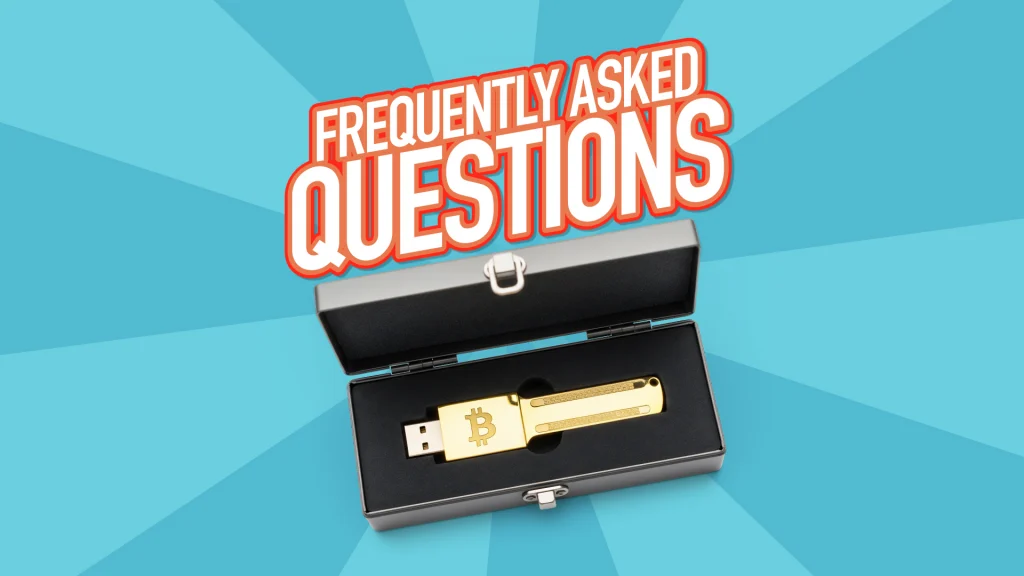
If you still have a few lingering questions about keeping your crypto safe, we can help.
Can you lose a cold wallet?
Yes, and it happens more often than you might think. A cold wallet is a physical item. That means it can be misplaced, stolen, damaged, or accidentally tossed out during an overzealous cleaning spree.
To steer clear of this nightmare, keep your cold wallet in a consistent, secure spot, ideally in a safe or lockbox. Label it discreetly so you’ll recognize it instantly, but no one else will give it a second glance.
Can a cold wallet be hacked?
A true cold wallet is completely offline. It can’t be hacked through the internet because it’s never connected in the first place. That’s why cold storage is widely considered the safest way to hold crypto. However, the moment you plug it into a computer or connect it to another device to make a transaction, it becomes temporarily “hot” and potentially vulnerable.
Realistically, with a cold wallet, physical theft would be your bigger risk of losing your crypto at someone else’s hand.
Is it better to keep crypto in a wallet or an exchange?
It depends on your priorities. Keeping crypto on an exchange is convenient. You can trade quickly, cash out anytime, and skip managing your private keys. It also allows you to facilitate quick transfers for lightning-fast crypto withdrawals at Cafe Casino.
That said, the trade-off is trust. The exchange controls those keys, so you’re relying on them to keep your assets safe. If they get hacked, freeze withdrawals, or shut down, your access could vanish.
Whether you choose to go custodial, non-custodial, or a mix of hot and cold storage, the goal of selecting a crypto storage method is always to protect your private keys. Your crypto is worth safeguarding, no matter the amount, so take the extra steps now. Future you will thank you.




